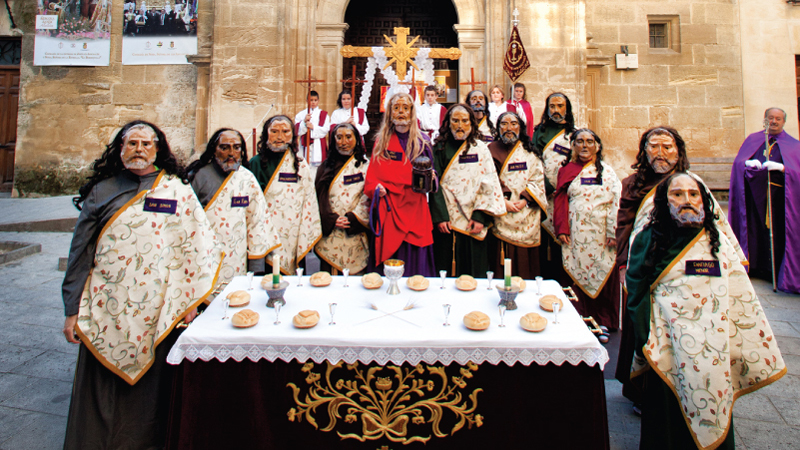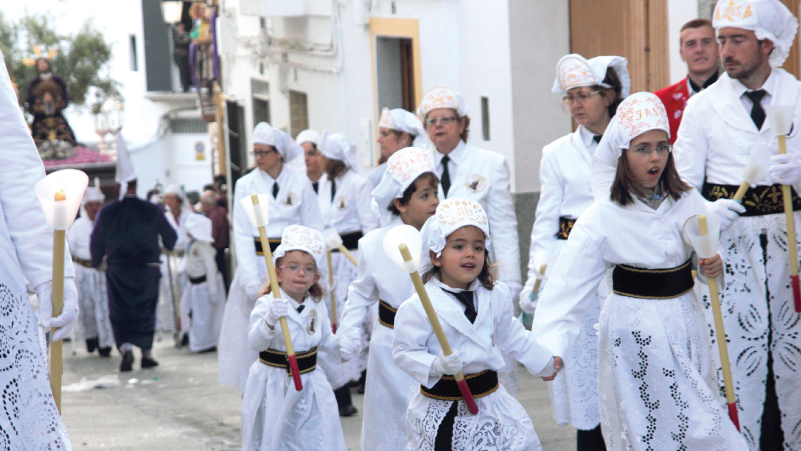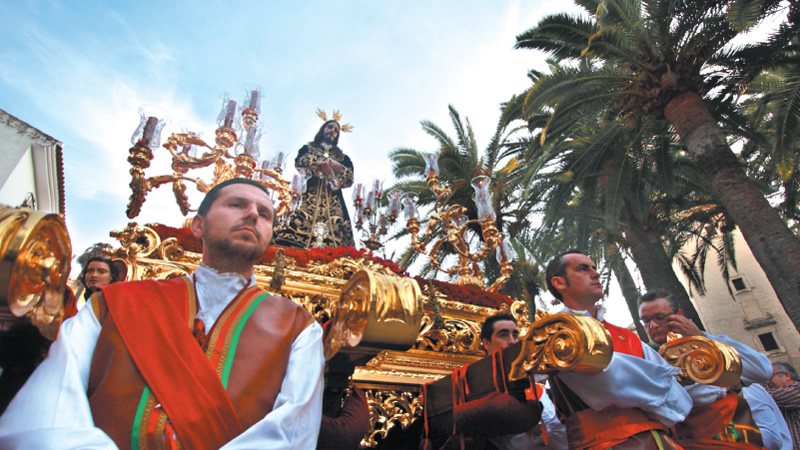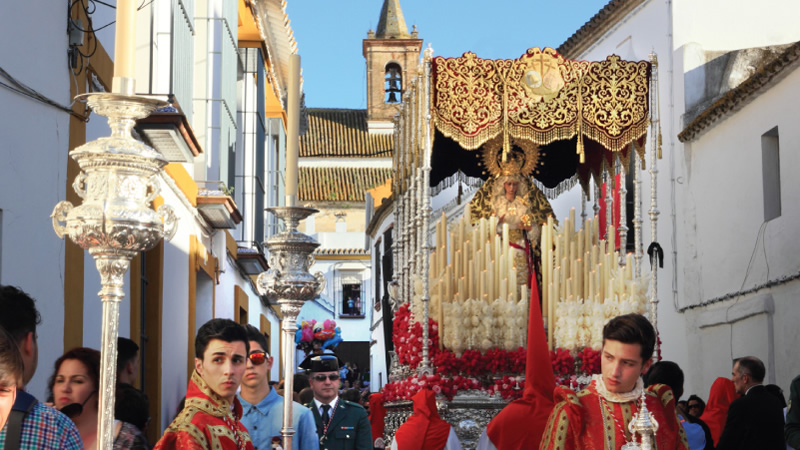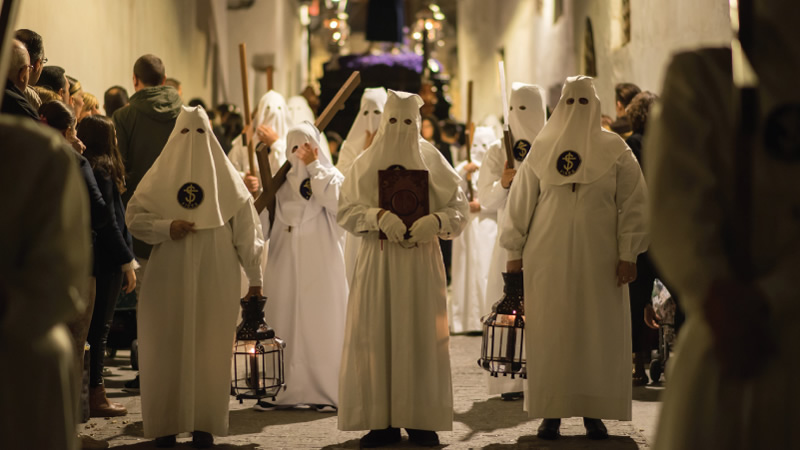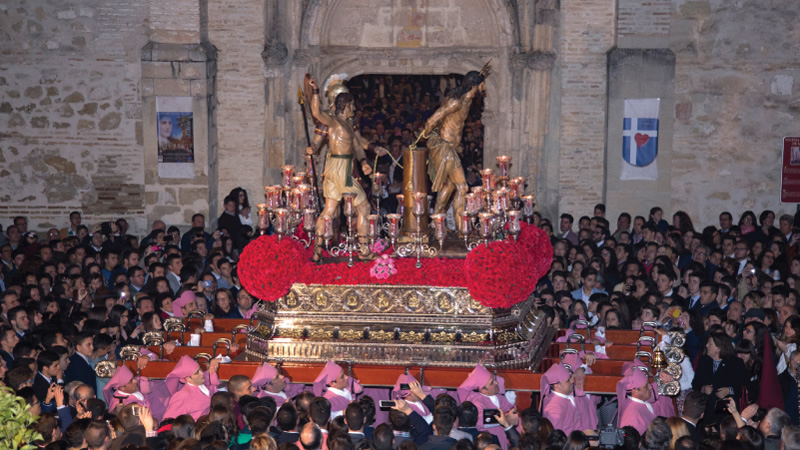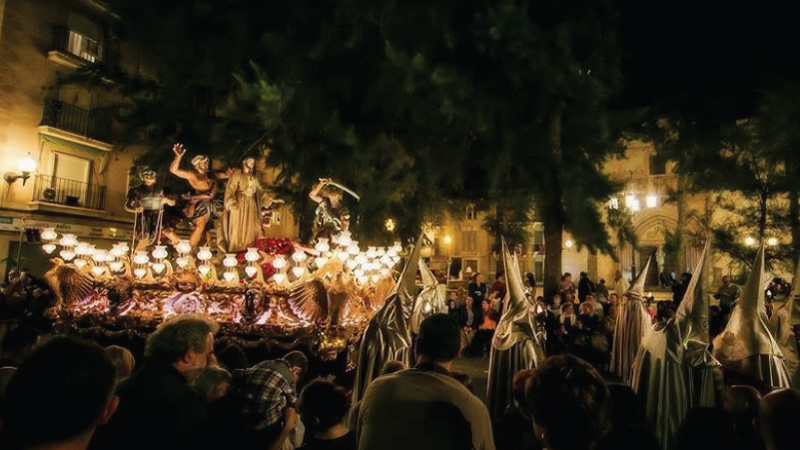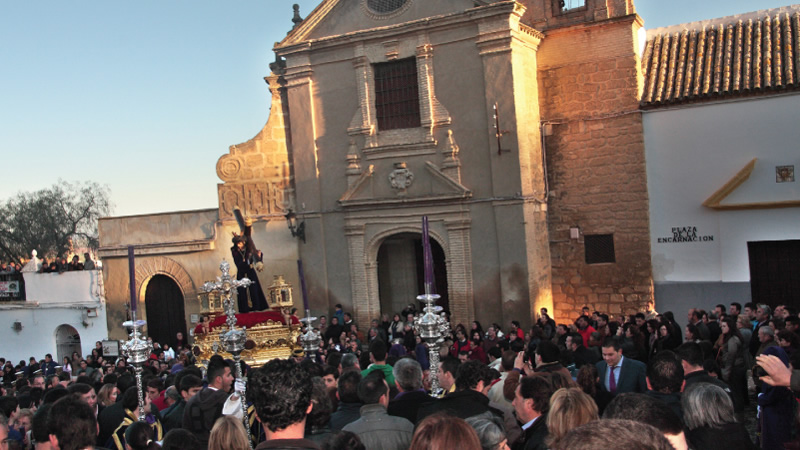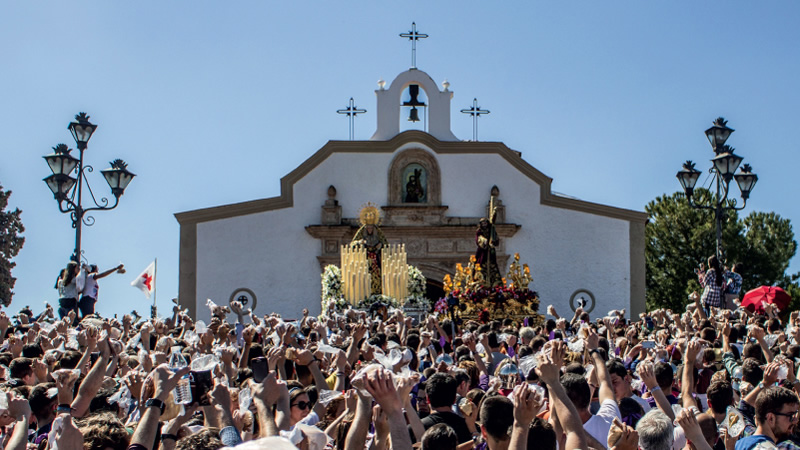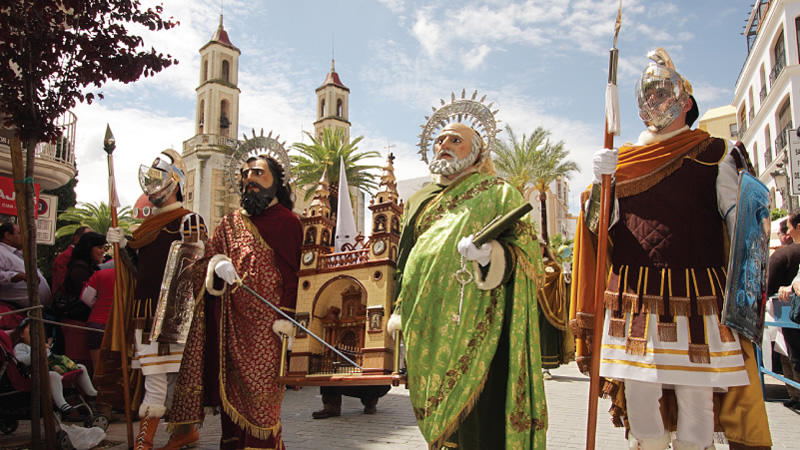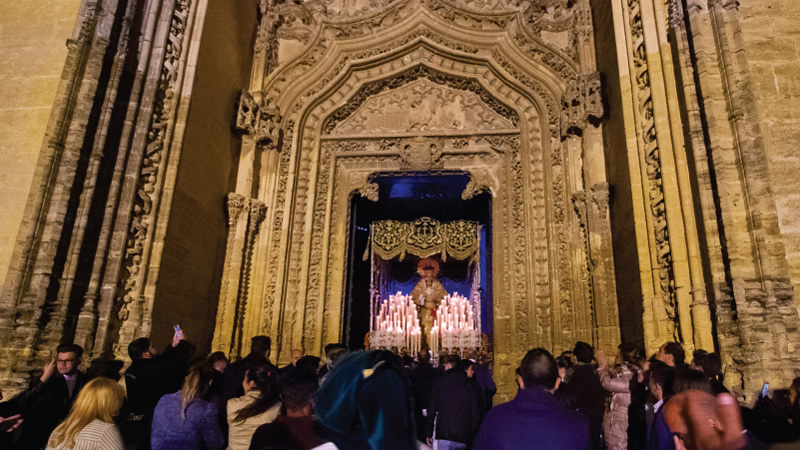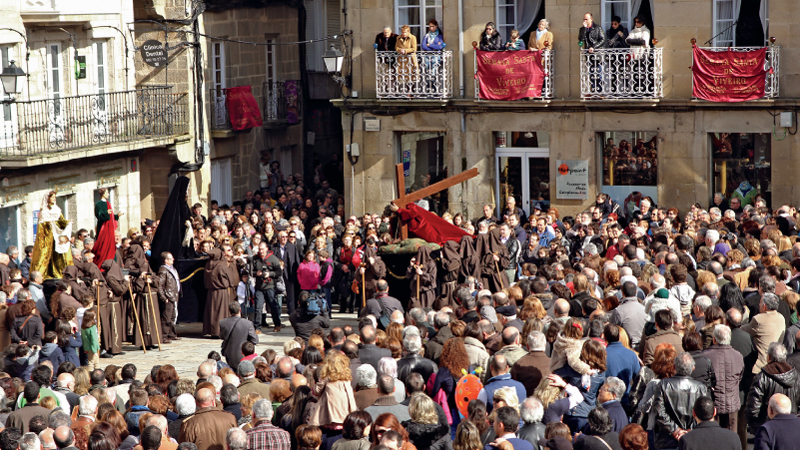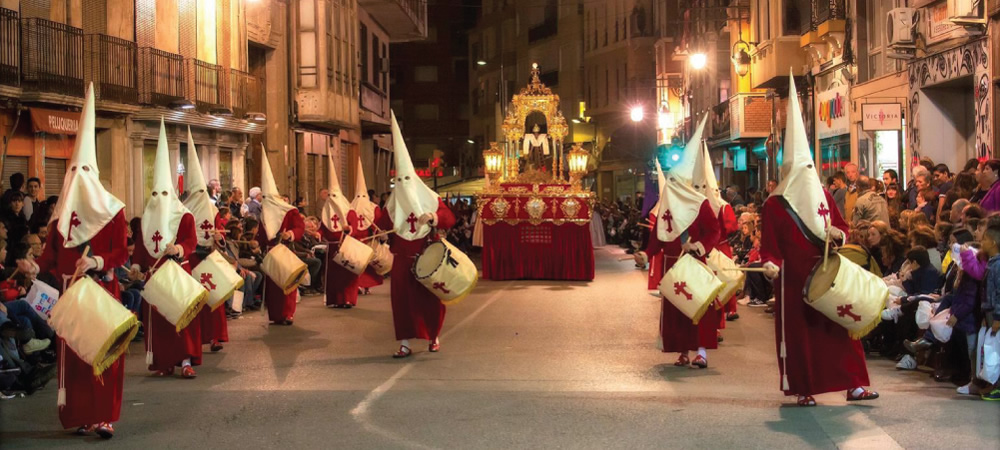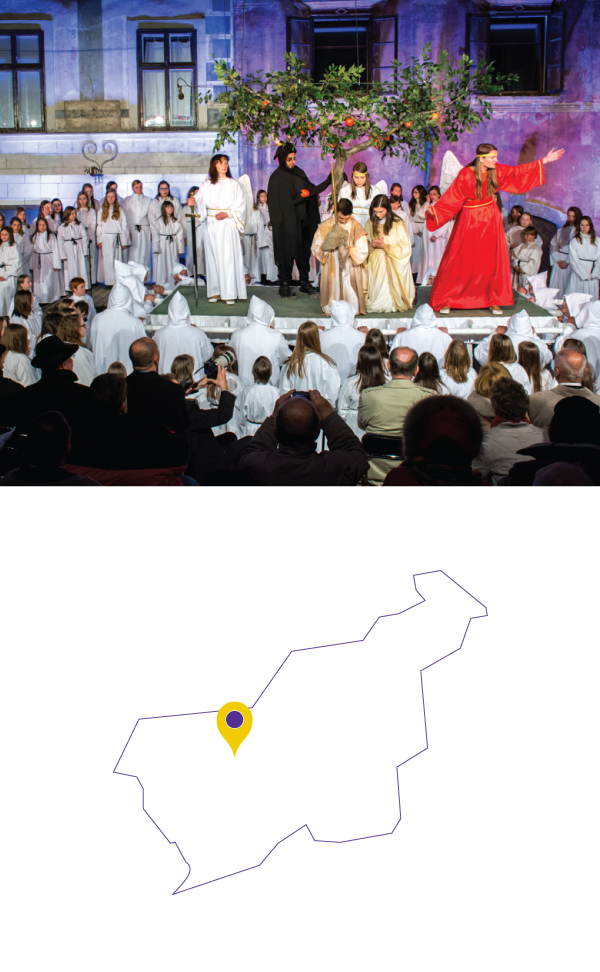Orihuela is located in the province of Alicante in the autonomous community of Valencia. It has an area of 365 km² and a population of around 80,000. The capital of the county La Vega Baja del Segura (natural region of the River Segura); it has been the capital of a province and an episcopal see.
The River Segura crosses the town and is believed to be the main reason that it was founded. The town was colonised by the Romans, who named it Orcelis and later Aurariola, which influenced its current name.






